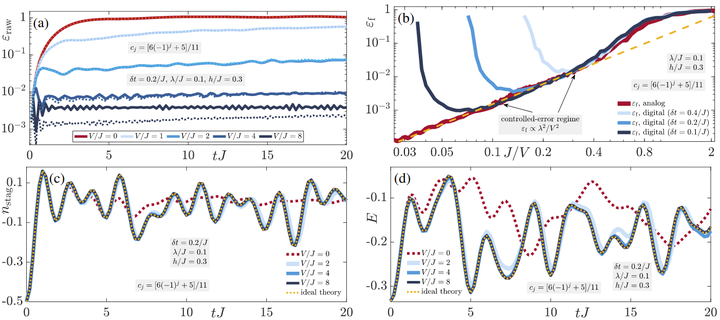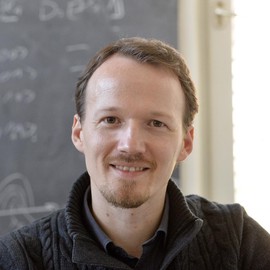Suppressing nonperturbative gauge errors in the thermodynamic limit using local pseudogenerators

Abstract
With recent progress in quantum simulations of lattice-gauge theories, it is becoming a pressing question how to reliably protect the gauge symmetry that defines such models. In a recent work [J. C. Halimeh et al., arXiv:2108.02203], an experimentally feasible gauge-protection scheme has been proposed that is based on the concept of a local pseudogenerator, which is required to act identically to the full gauge-symmetry generator in the target gauge sector, but not necessarily outside of it. The scheme has been analytically and numerically shown to reliably stabilize lattice gauge theories in the presence of perturbative errors on finite-size analog quantum-simulation devices. In this work, through uniform matrix product state calculations, we demonstrate the efficacy of this scheme for nonperturbative errors in analog quantum simulators up to all accessible evolution times in the thermodynamic limit, where it is a priori neither established nor expected that this scheme will succeed. Our results indicate the presence of an emergent gauge symmetry in an adjusted gauge theory even in the thermodynamic limit, which is beyond our analytic predictions. Additionally, we show through quantum circuit model calculations that gauge protection with local pseudogenerators also successfully suppresses gauge violations on finite quantum computers that discretize time through Trotterization. Our results firm up the robustness and feasibility of the local pseudogenerator as a viable tool for enforcing gauge invariance in modern quantum simulators and NISQ devices.


